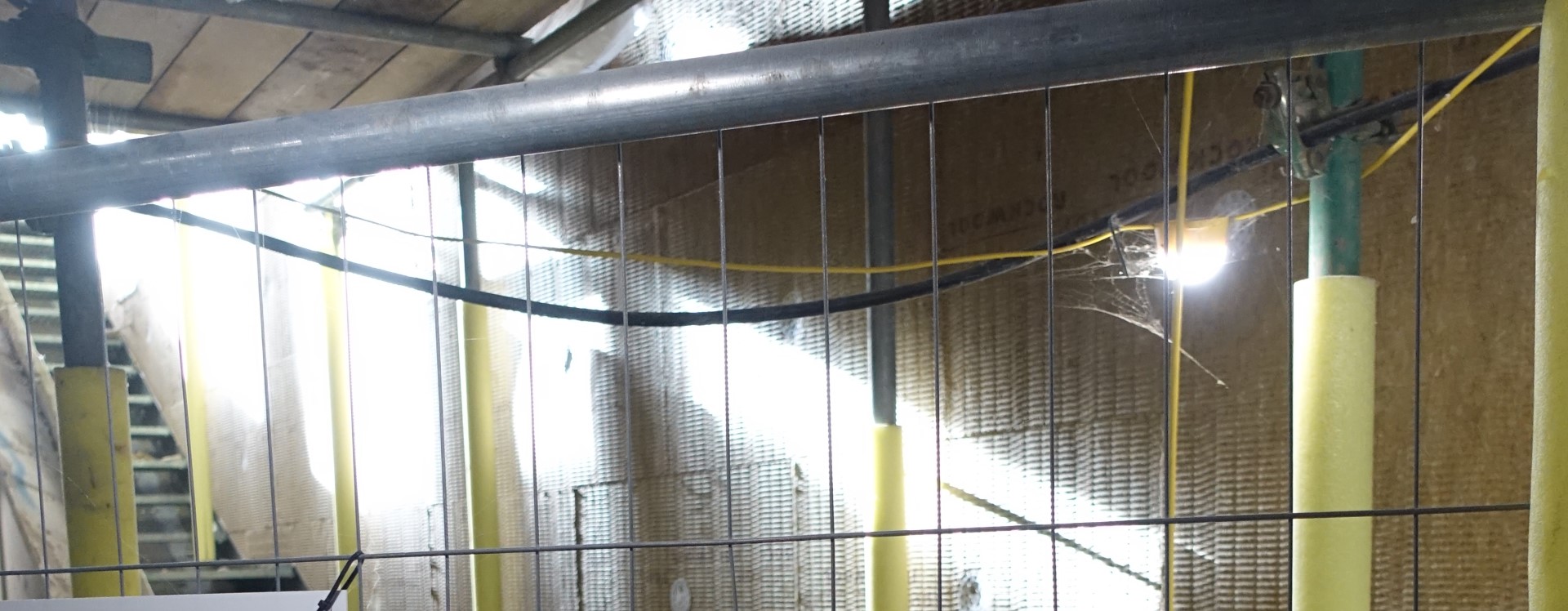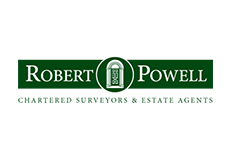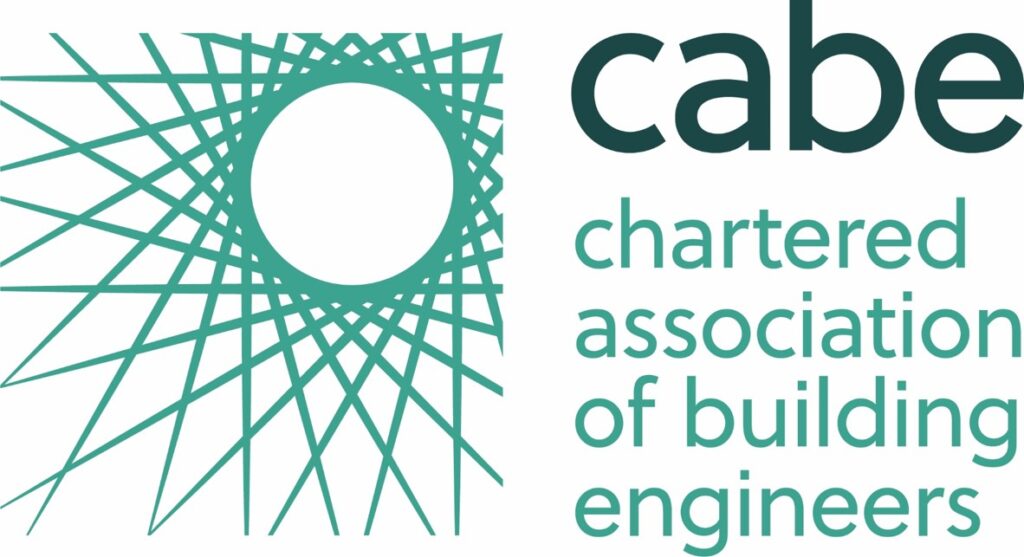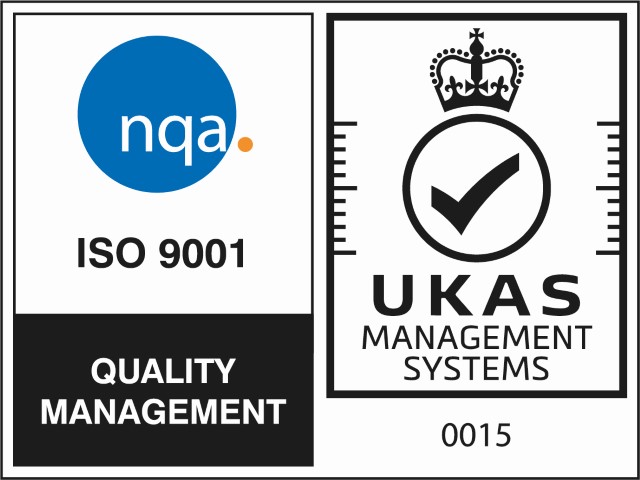Property Maintenance
MAINTENANCE ADVICE
General
A home will deteriorate from new and therefore requires regular maintenance and repair.
The following notes are intended to help you inspect and maintain your property on a regular basis. The list is not intended to be fully comprehensive, nor to include every building type. If in doubt, seek our further advice.
Exterior
Chimneys
Chimney pots should be kept in good order ensuring that they are securely cemented to the top of the stack. The cement joints should be maintained in good condition and any cracking repaired at once. Metal flashings should be intact and firmly fitted. Ensure aerials are securely fixed.
Roofs – Pitched
Roof slopes should be overhauled and any slates or tiles that are cracked or slipped be replaced. Ridge and hip tiles should be firmly bedded in mortar. Cement pointing at the roof edges must be repaired as necessary if cracked or loose.
Roofs – Flat
These have a limited life span. Make sure that the chippings (where provided) remain evenly laid, edges must be properly sealed, and cracked or bubbled areas repaired or renewed. Upstands should be properly sealed and fitted into mortar joints and mortar fillets free from defects.
Parapet/Valley Guttering Gutters should run to the downpipe heads at even slope and be free from splits and cracks. Clean out gutters and valleys regularly to remove weeds, leaves and other debris and ensure that joints are watertight.
Rainwater Gutters & Downpipes
Check that all junctions of the gutters to the downpipes, the joints between the downpipes and the underground piping are in good order.
Joinery – Barge Boards
Soffits & FasciasThese should be securely fixed, free from rot and maintained in good decorative order.
Joinery
Windows & Doors Periodically inspect the frames and repair any timbers affected by wet rot. Regular painting helps prevent rot occurring.
Keep the joints between the windows, door frames and the brickwork in good watertight condition with a pliable mastic sealant.
Cracked panes of glass are dangerous and should be replaced.
Replace any broken sash cords and window catches. Regularly lubricate hinges and make sure all opening sections move freely but can be adequately secured.
Check for faulty double glazed units evidenced by condensation or misting within the units.
Ensure the drip channels beneath the external sills are clear and not clogged.
Walls & Damp Proof Course
Generally keep the brickwork mortar joints in good order, particularly in solid walls. Poor maintenance of brick pointing leads to damp penetration and damage to brick surfaces. If you notice any minor cracks, rake out the mortar and renew it. If you are concerned about cracks or any bulging or distortion which may become apparent, seek our further advice.
Ground levels should be maintained at least 150mm below the level of the damp proof course.
Regularly redecorate any painted walls or timber board areas. Outside paintwork should be redecorated every five years.
Cut back wall creepers regularly as certain types destroy the mortar joints between the bricks and encourage dampness and insects.
Render Loose, hollow or cracked render should be hacked off and replaced. Where decorations are poor, redecorate with an external masonry paint.
Cladding Regularly redecorate timber boarded cladding, cutting out and replacing damaged/rot affected areas. Replace slipped, broken or missing hung tiles.
Air Bricks Air bricks should be adequate in number and clear from blockage and vegetation.
Garden Walls & Fences
Brick walls and retaining walls should be checked for stability, spalled and weathered areas cut out and replaced.
Paths & Driveways
Check for uneven areas, cracks and worn surfaces.
Common Areas
Report areas of disrepair to the managing agents or sharing owners.
Garages & Outbuildings
Check the roofs, gutters, downpipes and walls as detailed for the house.
Regularly decorate timber surfaces. Keep the door hinges, pulleys and locks well oiled. Clear out any sliding door channels regularly.
Interior
Roof Void
Check for wood boring beetle infestation rot and decay, rodent activity, torn/missing underfelt, leaks, adequate ventilation and insulation.
Ceilings
Sagging and cracked ceilings may indicate the need for repair or replacement. Investigate the source of any damp staining.
Walls
Examine surfaces for signs of cracking, bulging or other defects. If damp staining occurs to decorations, the cause should be investigated.
Chimney Breasts
Fireplaces, if sealed, should be adequately ventilated. Open fireplaces should be regularly swept at least annually.
Floors
Take care not to overload timber floors. If any unevenness, distortion, cracking or dampness should become apparent, seek our further advice.
Joinery & Decorations
Keep the ceilings, walls and woodwork in good decorative condition.
Services
General Never restrict access to stop cocks, or to the mains switches of any of the mains services.
Plumbing Repair any damaged or leaking plumbing pipework immediately, and periodically clean out the traps to baths, sinks and wash basins. Attend to leaking taps.
Ensure water tanks and pipes are insulated and covered, and that valves and overflows operate properly.
Heating
The central heating boiler, radiators, pipework and tanks should be properly serviced by a qualifiedcontractor.
Electricity
Do not make any alterations to the electrical wiring without qualified advice.
If no recent electrical test has been obtained then commission a qualified electrician’s report to ensure the safety of the installation.
The standards for electrical insulation are provided in the I.E.E. Wiring Regulations BS7671 (Amended 2001). As a precaution all wiring and fittings should be checked if:
- it is over 10 years old and has not been inspected for more than 5 years;
- if fuses blow or circuit breakers operate without apparent reason;
- a shock is received from a socket or light fitting;
- if any D.1.Y wiring has been undertaken;
- if any of the sockets or light fittings get hot in use or show signs of discolouration;
- if any of the cabling is unsecured or if sockets or light fittings are insecure.
Gas & Oil
Modern gas appliances are in general very safe and reliable – so long as they are correctly installed, and regularly checked and maintained by experts. Gas appliances require an adequate supply of fresh air and an unobstructed chimney or flue to operate safely. Too little air can lead to dangerous quantities of carbon monoxide being emitted. This can also happen if the chimney or flue is obstructed.
Carbon monoxide is a gas that can be produced by appliances that have not been properly installed or maintained. You cannot see it, taste it or smell it – but it is highly poisonous and can be deadly. Any appliance burning fossil fuel such as gas, coal or oil can potentially produce carbon monoxide if it is not correctly installed, serviced or checked.
Older style gas water heaters are particularly prone to carbon monoxide emissions. If you have such an appliance and are unsure when it was last checked, it should be serviced or replaced immediately.
You could still be at risk from carbon monoxide even where there are no obvious signs or no smell. A carbon monoxide detector kitemarked and tested to BS7860 can provide a clear warning in the event of carbon monoxide build-up.
Some of the symptoms of exposure to carbon monoxide:
- headaches, chest pains or muscular weakness;
- sickness, diarrhoea or stomach pains;
- sudden dizziness when standing up;
- general tiredness and fatigue.
If these symptoms occur, particularly when in the home and using a heating or hot water appliance, stop using the appliance immediately and contact the BG Transco gas emergency service on 0800 111 999.
They will attend free of charge, and will advise if follow-up work is required.
Install carbon monoxide detectors kitemarked and tested to BS7860.
A faulty or dangerous appliance might not give any obvious indication that anything is wrong, but there are several tell-tale signs that can indicate an appliance is faulty, and possibly at risk of emitting carbon monoxide.
A few simple signs that can identify a faulty appliance:
- stains, soot or discolouring around gas fire, water heater or boiler;
- a yellow or orange, rather than a blue flame;
- a strange smell when the appliance is on.
Gas appliances should be professionally installed and rooms should be well ventilated, in accordance with manufacturer’s instructions. Air vents should never be blocked or obstructed.
All chimneys and flues should be kept clear.
If the property is tenanted landlord should keep a record of gas appliance maintenance. They must by law provide a copy of a current maintenance record for properties they own.
Always ventilate the roof thoroughly when using an older-type gas water heater. New, room sealed models are inherently safer.
An unflued instantaneous water heater should not be run for longer than five minutes at a time.
Ensure your appliances are installed and regularly maintained by British Gas Services, or another Gas Sage Registered Engineer.
Drainage
Periodically lift the manhole covers and have the drains cleaned out if necessary. Keep manhole covers airtight and in good condition.
Keep trees and shrubs away from outside walls and drainage runs as roots can break drainage pipes, resulting in damage to foundations.
Drainage systems of properties not connected to the mains sewer need regular emptying and maintenance.
Or contact us for more information:
info@allcottassociates.co.uk | 0333 200 7198












